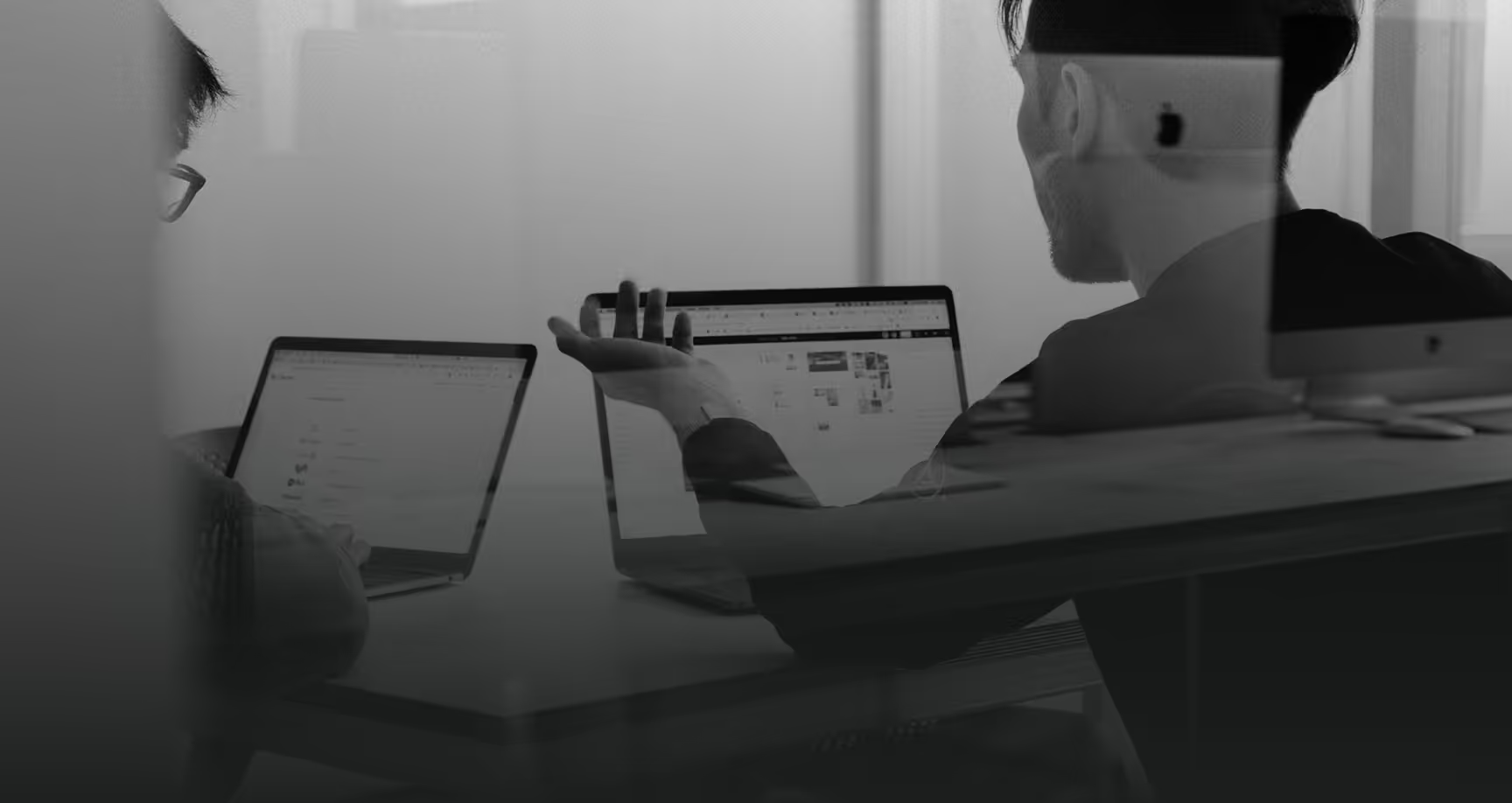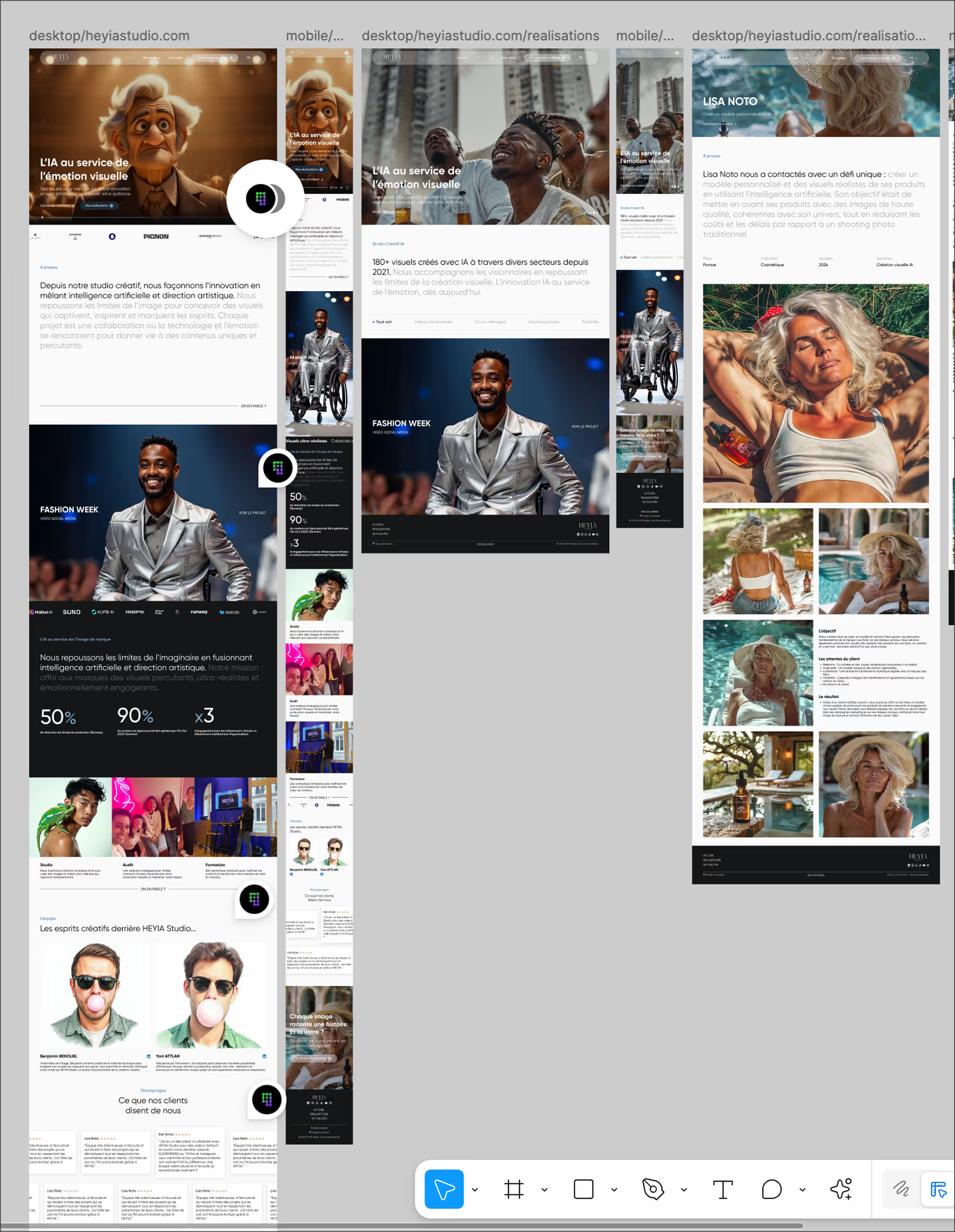Why choose a web design agency: strategic guide, figures and comparison



In 2025, the website is often the first point of contact between a brand and its prospects. It is no longer just about presenting a company but about convincing in a few seconds, inspiring trust and orienting the user to action. The rules of the game changed the Mobile-first is the standard, Google assesses quality via Core Web Vitals and generative AI is now directly influencing visibility in search engines.
In this context, a slow, poorly structured, or visually dated site can be expensive. According to Think with Google, up to 50% of leads can be lost because of a poor user experience. On the other hand, a site designed with a strategic approach and a high level of standards becomes a major asset: it improves conversion, strengthens the brand image and supports long-term growth.
The data is clear:
Achieving this level of performance requires combining UX/UI expertise, technical optimization, visual coherence and strategic vision. These skills are rarely combined internally and require close coordination between design, development and marketing.
It is precisely on this ability to federate all this expertise that the difference between the different possible approaches between specialized agencies, freelancers or internal teams is at stake and this is what we are going to analyze.
When it comes to designing or redesigning a site, there are three options: using a specialized agency, working with a freelancer or building an internal team.
Each has advantages and limitations, and the choice depends on your goals, resources, and time horizon.
Analysis:
Contrary to popular belief, The role of a web design agency is not limited to producing a visually pleasant site. She designs a digital tool designed to attract, convince and convert, with constant alignment with your business goals.
It starts with the design of a optimal user experience. Before thinking about colors or typography, the agency analyzes your market, the behaviors of your users and your goals. It defines a clear and fluid architecture, so that each interaction brings the user closer to the desired action.
Then, the agency creates a coherent and differentiating visual universe. It goes through a complete design system with color palettes, typographic styles, iconography, and micro-interactions. This work reinforces the immediate recognition of the brand and supports its positioning.
Finally, the agency ensures that the site combines aesthetics, performance and optimization. Technical integration respects standards, optimizes speed, guarantees accessibility, and improves Core Web Vitals. Every choice is made to maximize search engine compatibility and provide a seamless experience across devices.

Great design is not a luxury... it's a measurable investment.
These effects combine and create a real lever on all marketing and sales performance: acquisition, conversion and retention.
We see each project as a growth driver in its own right. Our role is not limited to making a nice site or modernizing a logo. We create digital experiences that trigger trust, facilitate decision-making, and maximize return on investment.
It all starts with strategic immersion. Before putting down any pixels, we analyze your market, your users, your competitors and your business goals. This phase allows us to formulate a clear positioning and a creative direction that serves your ambitions and not only aesthetics.
We then move on to UX/UI design. Here, each screen, each interaction and each content is prioritized to streamline the user journey. A complete design system is put in place: color palette, typography, iconography, micro-interactions... Nothing is left to chance. The objective is twofold in order to strengthen the recognition of your brand and to guide subtly towards conversion.

Then comes technical integration, with a high level of requirement. Our sites respect Core Web Vitals, adopt precise semantic markup, and are optimized for SEO and AEO. Speed, mobile compatibility, and accessibility are not options but standards.
Finally, we ensure continuous monitoring and optimization. Through data analysis, A/B tests and permanent monitoring, we make your site evolve so that it remains efficient in the face of algorithm changes, new user expectations and your growing goals.
Website design is never an end in itself. It is a visual and functional language that translates your values, vision and ambition into a space where every second counts. Online, everything is instantaneous, attention, curiosity, decision... or disinterest.
Investing in strategic web design is not only about improving a medium, it's about creating an environment where your brand can fully exist, dialogue with its audiences and evolve with them. In a world where technologies change rapidly, the real challenge is not only to follow the trend but to build something that makes sense over time.
Do you need tailor-made support? Contact us here →
To ensure the reliability of this article, we cross-referenced our observations with official sources and recent studies focusing on web performance, user experience and the business impact of design.
Last updated: August 2025. This panel of sources is regularly revised to integrate changes in uses and web performance criteria.
The cost depends on the size of the project, the number of functionalities and the level of support (design, development, SEO, follow-up). For an optimized professional site, count generally between €5,000 and €30,000.
Most projects take between 6 and 12 weeks, including the analysis phase, UX/UI design, development, and testing. Deadlines can be longer for complex or multilingual projects.
Templates are fast and economical, but limited in terms of customization, performance, and SEO/AEO optimization. A tailor-made design guarantees a site aligned with your business objectives and your brand image.
Good design improves the user experience, which reduces the bounce rate and increases the time spent on the site, both positive signals for Google. In addition, clean code, a clear structure and optimized loading time are directly taken into account by search engines.
If your site no longer converts, loads slowly, is not mobile-optimized, or no longer reflects your current positioning, it is probably time to rethink its design and structure.